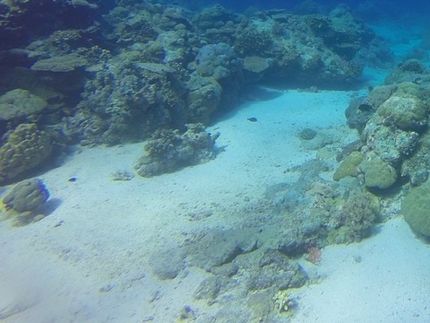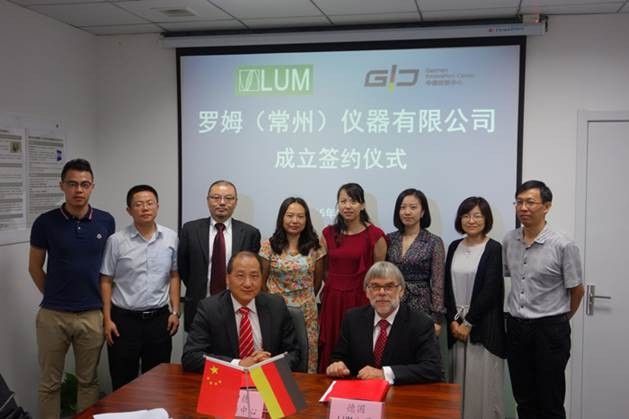Eurofins achieves breakthrough in sensitivity for detecting brominated and mixed halogenated dioxins
Advertisement
Dioxin and furans analysis requires state-of-the art technology to detect even minute traces of these Persistant Organic Pollutants (POPs). This is necessary, because even very small amounts can severely damage human and animal health and, consequently, strict maximum values are imposed by the European Community. Breakthrough in sensitivity
Eurofins expertise and Research & Development efforts in this field are reflected by more than 260 scientific publications about POPs including dioxins/ furans and polychlorinated biphenyls, 65 of which since 2000 ( http://www.eurofins.com/services/environment/dioxins/publications.asp : full publication list). Intensive and sustained R & D activities have enabled both, further development of analytical methods and the creation of highly effective high-throughput methods of extraordinary sensitivity.
As one of the results of the many years of R & D efforts, Eurofins gained very special competence in the field of measurement and detection of brominated dioxins, mixed halogenated dioxins and brominated flame retardants. The latter are often added in plastic materials and may form brominated dioxins in case of fire accidents.
Currently, Eurofins is the only European supplier, which offers sampling combined with high sensitivity analysis down to the nanogram range (10-9 g) of a broad selection of specific compounds in emission gases as well as in materials. As a result of this R & D effort, besides the brominated dioxins, the sensitivity for mixed halogenated dioxins has been improved for the first time by a factor 100, thus approaching the range already achieved for chlorinated species. This is a breakthrough, particularly when considering the fact that mixed halogenated dioxins and furans are assumed to have the same toxicity as purely chlorinated equivalents. With the further assumption that - with the corresponding type of input - the probability for the formation of mixed halogenated dioxins in combustion processes is much higher than for purely brominated ones, this development opens another possibility of high sensitive detection of the sums of 5,000 more isomers of dioxins in emission and other matrices. This innovation enables Eurofins to offer a unique possibility with no equivalence at other independent private laboratories in Europe.
The analytical portfolio of the Eurofins Competence Centre on Dioxins and other POPs, thus, includes the sampling and analysis of the most discussed and ubiquitous toxic trace components, which can affect human health even in concentrations in the nanogram to picogram range (10-9 - 10-12 g).
Most read news
Other news from the department science
These products might interest you

Get the chemical industry in your inbox
By submitting this form you agree that LUMITOS AG will send you the newsletter(s) selected above by email. Your data will not be passed on to third parties. Your data will be stored and processed in accordance with our data protection regulations. LUMITOS may contact you by email for the purpose of advertising or market and opinion surveys. You can revoke your consent at any time without giving reasons to LUMITOS AG, Ernst-Augustin-Str. 2, 12489 Berlin, Germany or by e-mail at revoke@lumitos.com with effect for the future. In addition, each email contains a link to unsubscribe from the corresponding newsletter.




























































